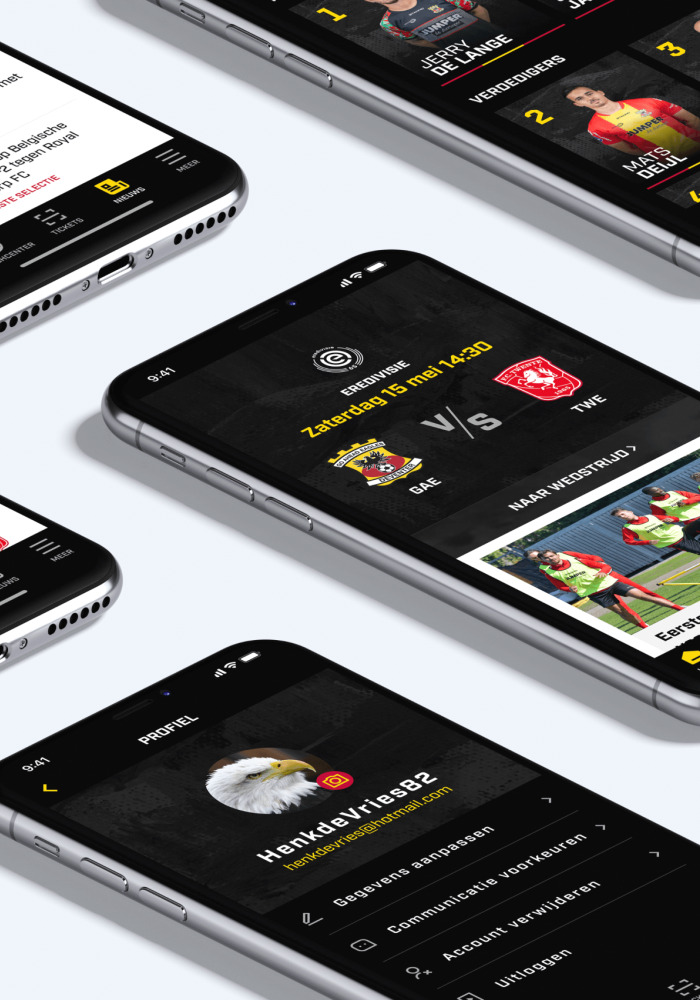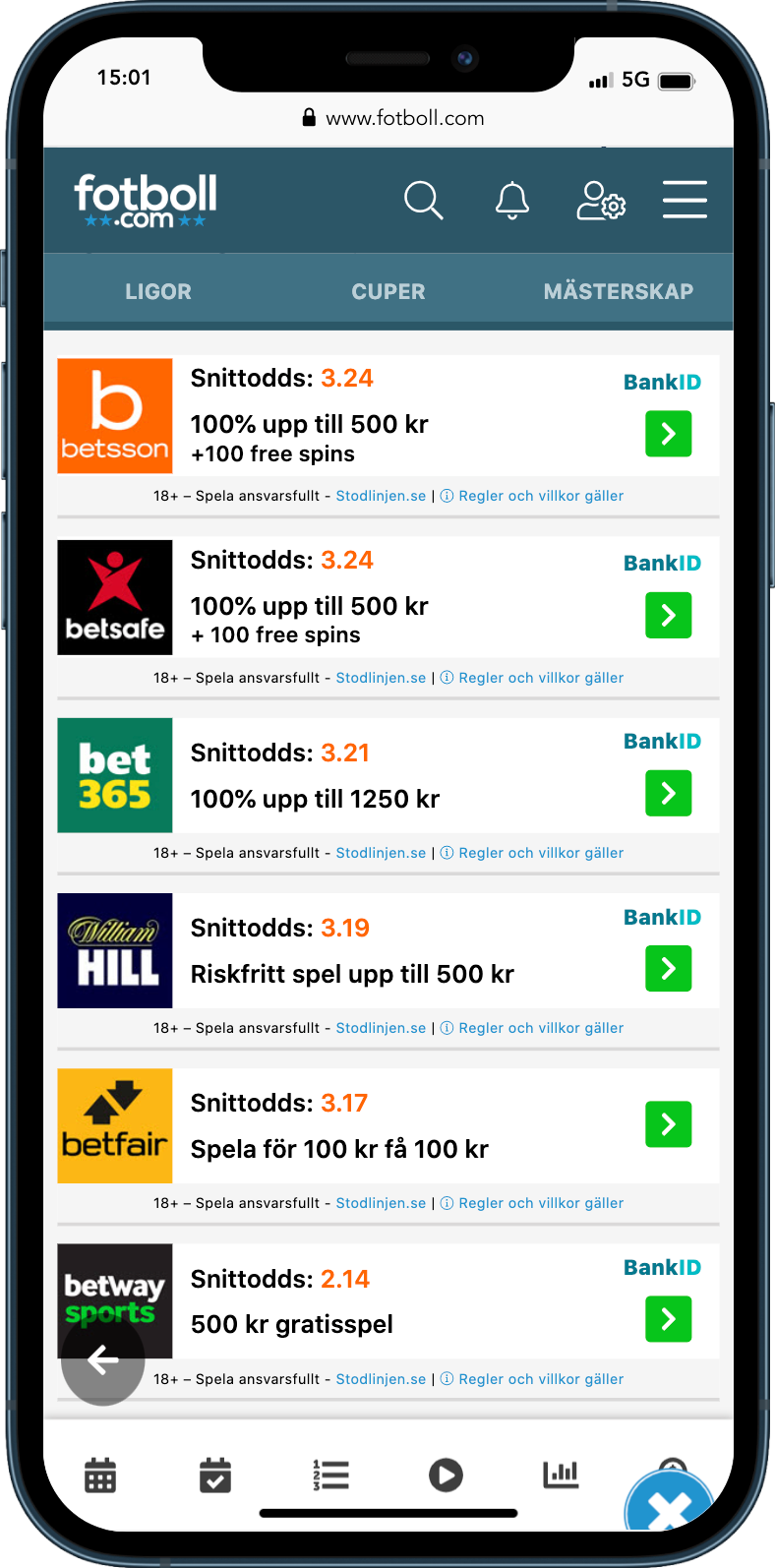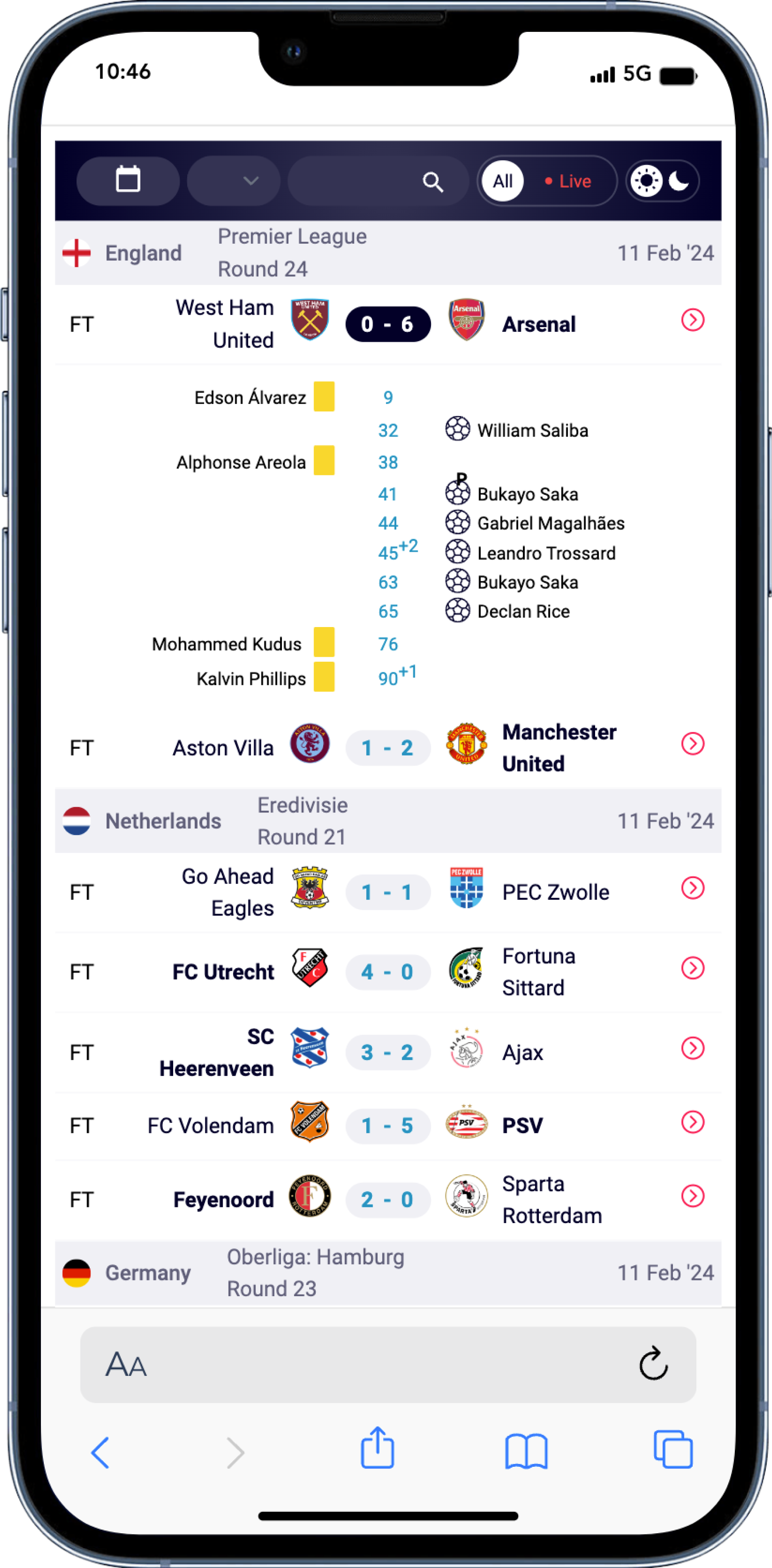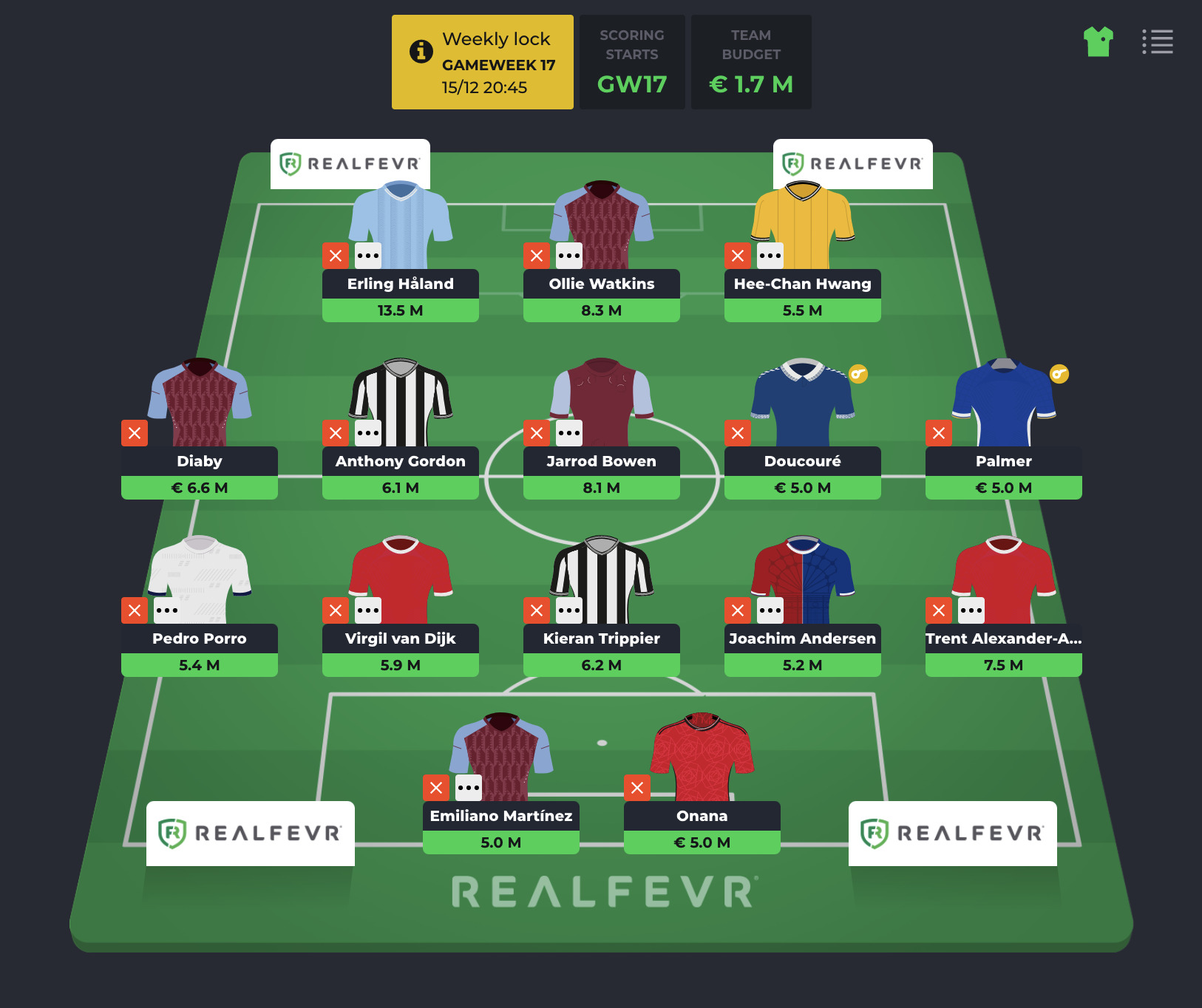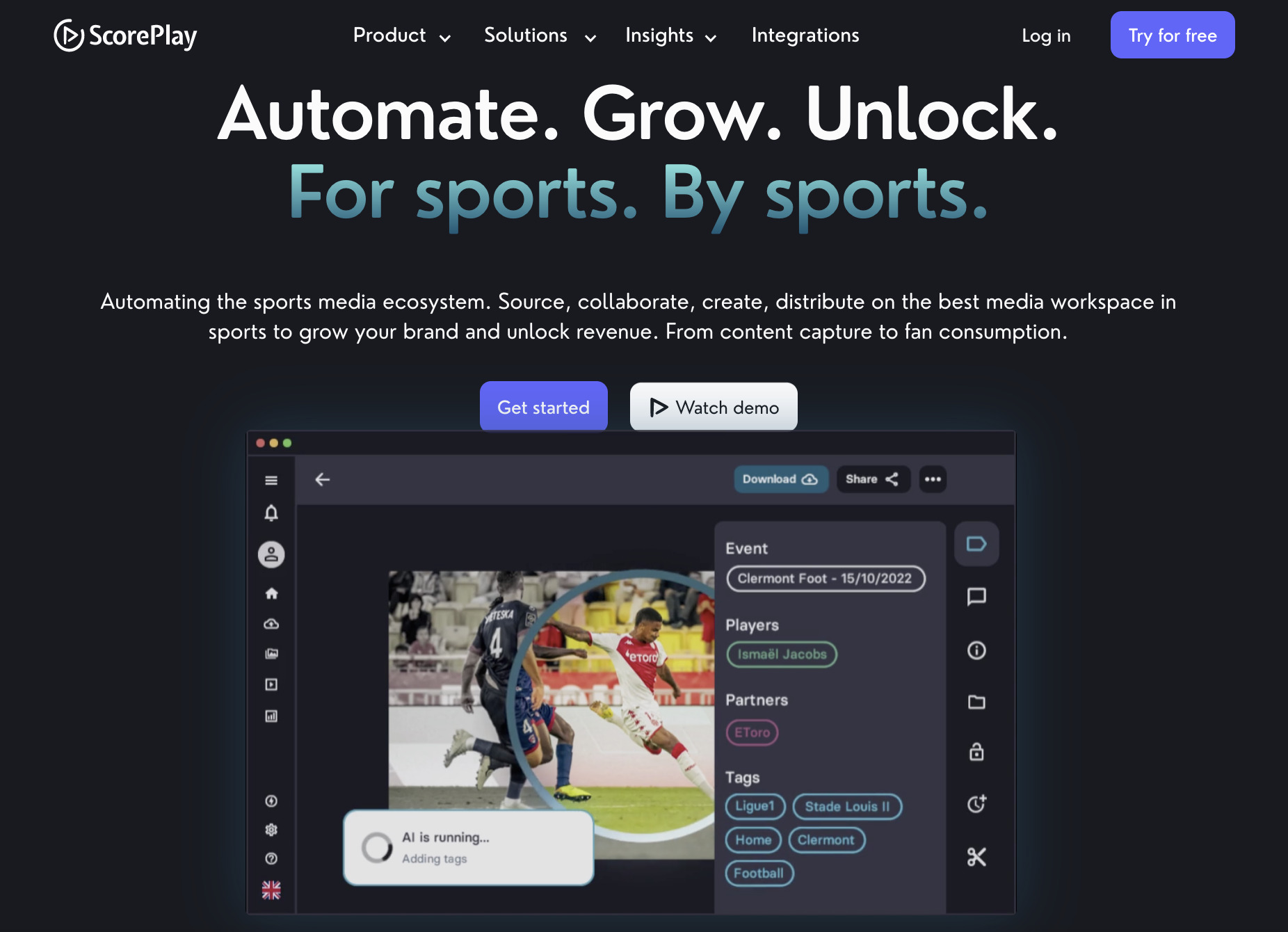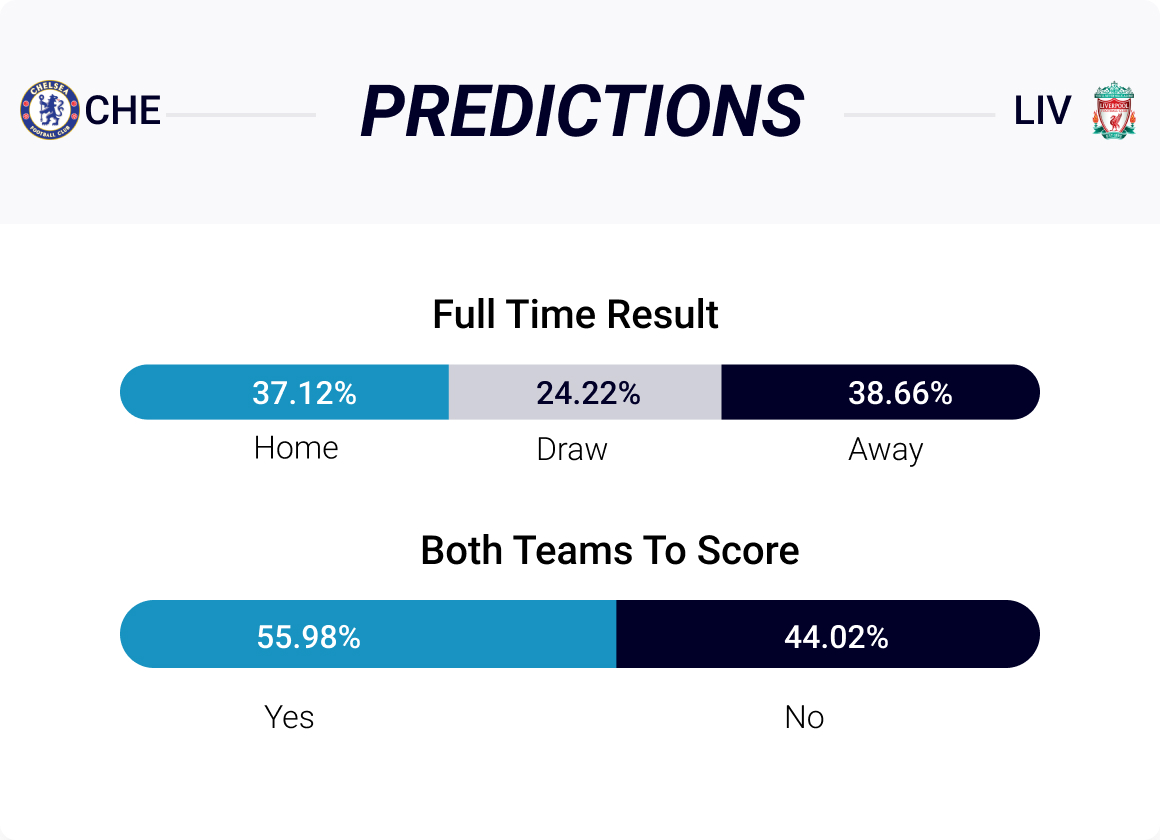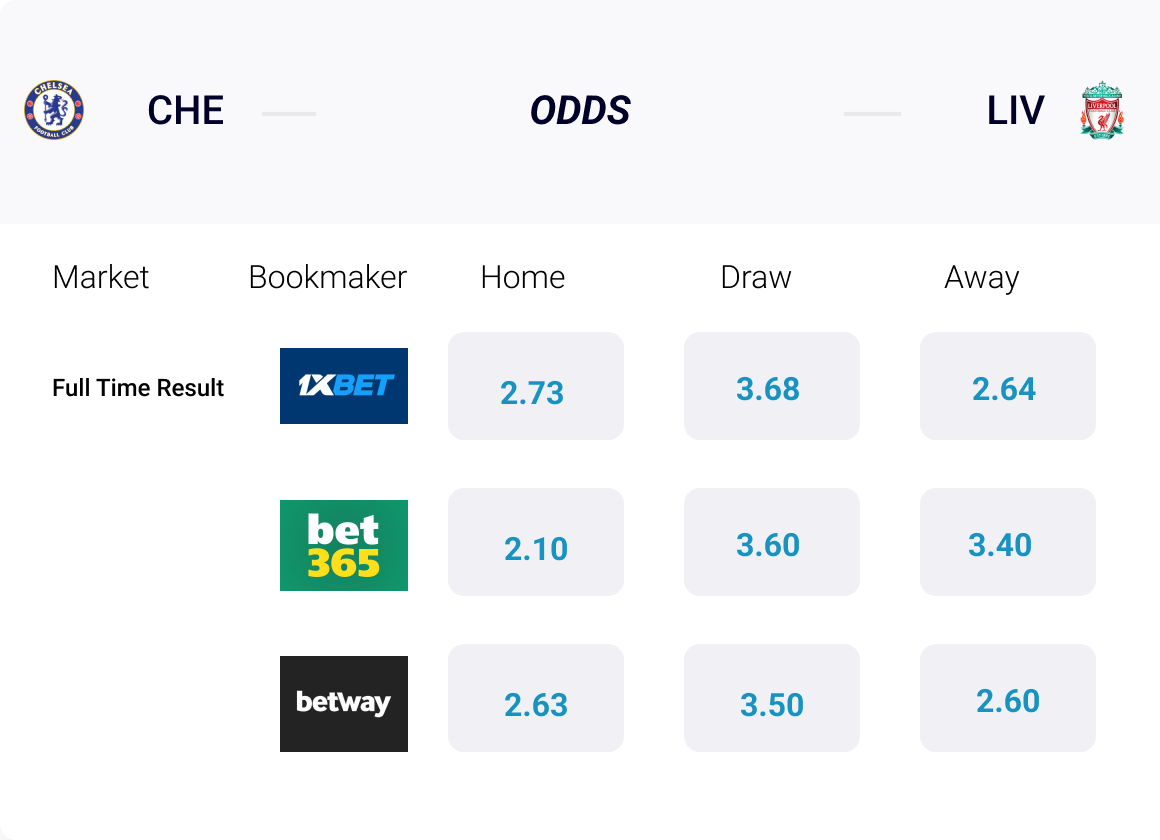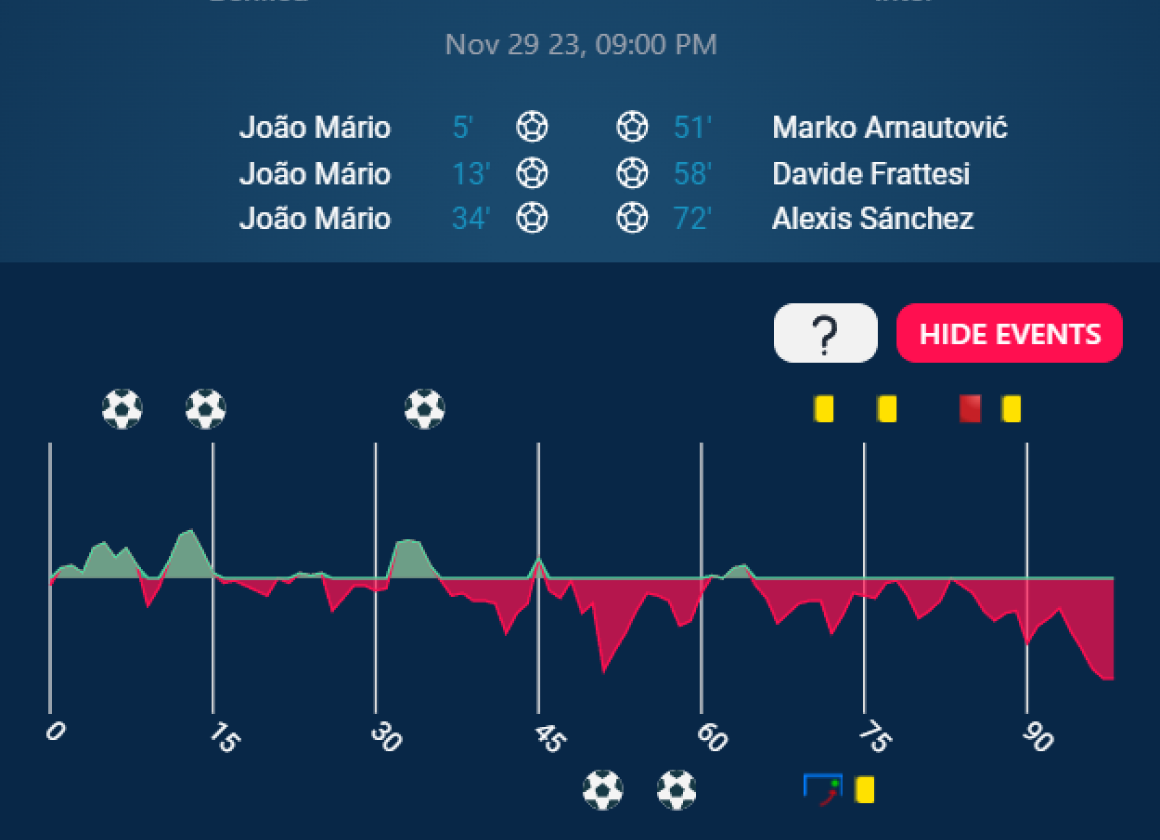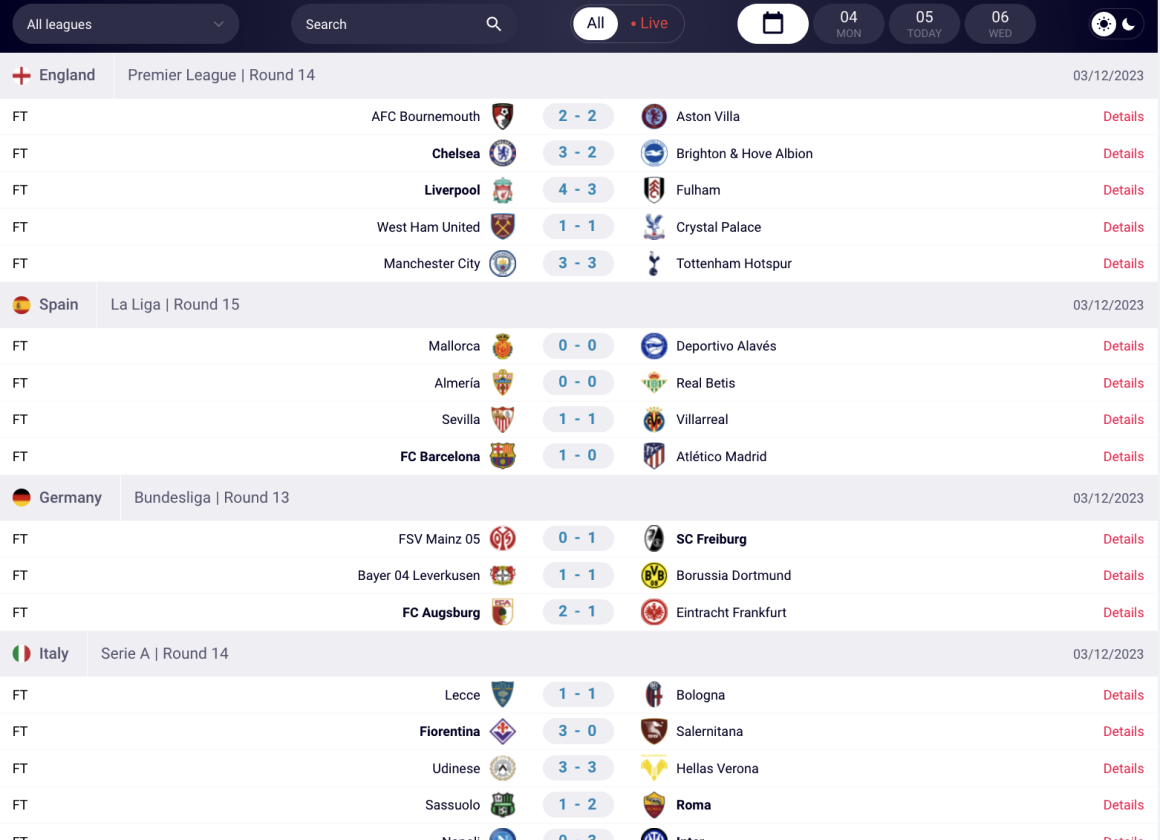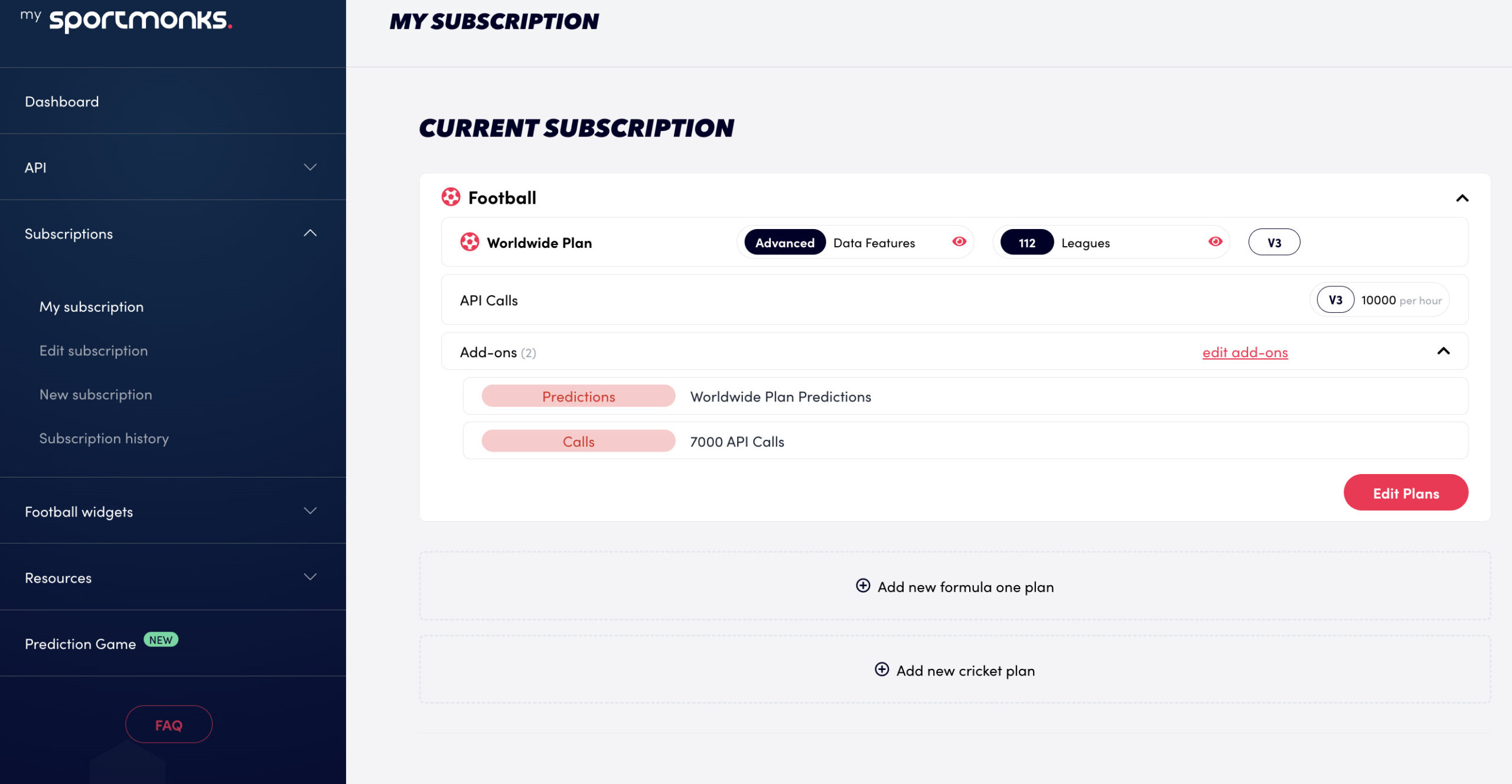What is an API?
Okay, you have seen the API on this page several times now. But what is an API? Things become technical here, but it is worth explaining if you don’t know already. An API, or Application Programming Interface, is a set of rules and protocols that allows one software application to interact with another. It defines the methods and data formats applications can use to request and exchange information. APIs enable different software systems to communicate with each other, facilitating the integration of diverse technologies.
APIs can be found in various contexts, including web development, mobile app development, and desktop applications. They provide a standardised way for developers to access certain functionalities or data from a service, library, or platform without needing to understand the internal workings of that system.
There are different types of APIs:
- Web APIs (RESTful APIs, SOAP APIs): These are commonly used for web development and enable online communication between web services.
- Library APIs: Libraries often come with APIs that developers can use to interact with the library’s functions and features.
- Operating System APIs: These allow applications to interact with the underlying operating system, accessing features such as file systems, device drivers, and hardware components.
- Database APIs allow applications to interact with databases, execute queries, and retrieve or modify data.
APIs have a crucial role in modern software development. APIs promote modularity, interoperability, and collaboration between software components and services. They are designed to build complex and feature-rich applications by leveraging the capabilities of existing systems.
What makes your API so special?
This is an understandable question. Well, first things first, this API was built by sports-loving developers for developers. We strongly believe that the API is a joy to work with. The data quality stands out. The API is flexible due to our (nested) includes, filters and the possibility to select specific fields. The API has many data features and offers multi-language and multi-sports in one API.
Besides the unique API characteristics, Sportmonks’ customer support is unrivalled. The documentation pages are of the highest quality to explain all the possibilities. And last but not least, we keep adding innovative features to offer the best sports data API in the business.
How does it work?
I hear you thinking again, how does it work? What needs to be done is create some middleware that your frontend application is calling. We recommend using a middleware that takes care of calling our API. From now on, your tokens will never be exposed, and you will safely use our API. This way, you will use fewer API calls as well.
That sounds really technical. However, a developer will know what to do.
Interesting, but how does my developer get the data from your API?
Great question! For a developer, our APIs feel like a party (so our customers said). We have a wide range of documentation pages, including endpoint explanations, tutorials, guides, tips, and tricks.
This was created to make it easy for developers to integrate and get used to our APIs. In the documentation, Sportmonks’ developers explain exactly how to build your requests to get the API response you need. As mentioned earlier, we are proud of the flexibility of our API. That means multiple request options exist to receive the exact data set you need.
Authentication
In some cases, the most easy part is the most crucial. At Sportmonks, you have two options for passing your API Token:
- Authenticate using a query parameter
- Authenticate using a request header
You can read more about this at our Authentication page.








